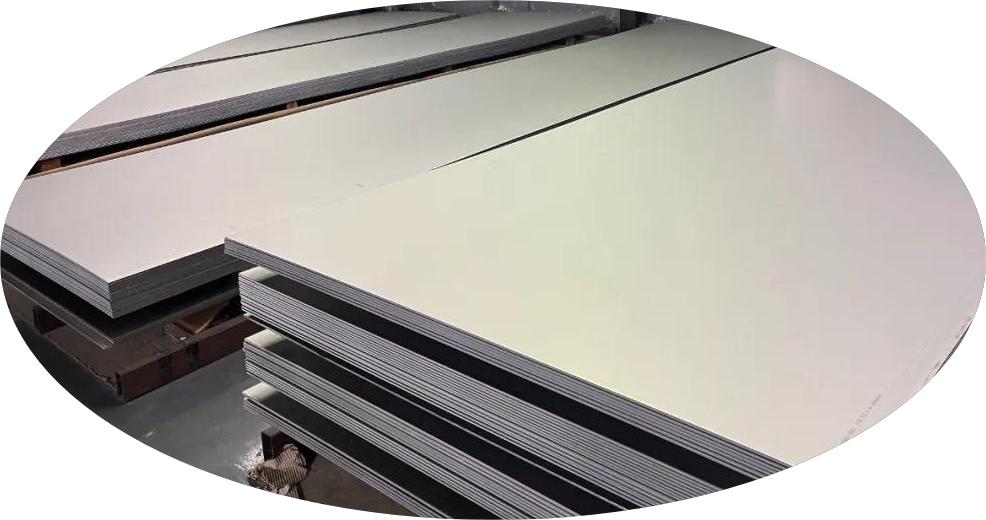The environmental advantages and sustainable development value of titanium belt?
—— The environmental advantages and sustainable development value of titanium belt?
[ 信息发布:本站 | 时间:2024-03-11 | 浏览:446 ]
The environmental advantages and sustainable development value of titanium belt?
The environmental advantages and sustainable development value of titanium belt are significant and encompass several key aspects:
-
Recyclability: Titanium is a highly recyclable material, and titanium belt can be recycled repeatedly without losing its inherent properties. Recycling reduces the demand for primary titanium production and minimizes the environmental impact associated with mining and extraction processes.
-
Corrosion Resistance: Titanium's exceptional corrosion resistance eliminates the need for protective coatings or frequent replacements due to corrosion-related damage. This reduces the consumption of additional resources and extends the service life of components made from titanium belt, contributing to resource conservation and waste reduction.
-
Lightweight: Titanium belt offers high strength-to-weight ratio, making it an ideal choice for lightweight applications in various industries such as aerospace and automotive. Its lightweight nature results in reduced fuel consumption in transportation and lower carbon emissions, contributing to environmental sustainability.
-
Biocompatibility: Titanium is biocompatible and non-toxic, making it suitable for medical implants and devices. Titanium belt used in medical applications promotes patient safety and reduces the risk of adverse reactions, supporting sustainable healthcare practices.
-
Energy Efficiency: The production of titanium belt involves energy-intensive processes; however, its lightweight properties contribute to energy efficiency during transportation and usage. Reduced energy consumption translates to lower greenhouse gas emissions and environmental impact.
-
Longevity and Durability: Titanium belt exhibits exceptional durability and longevity, even in harsh operating environments. Its resistance to corrosion, wear, and fatigue ensures prolonged service life, reducing the frequency of replacements and associated resource consumption.
-
Circular Economy: Titanium belt can be integrated into a circular economy model where products are designed for durability, repairability, and recyclability. Adopting circular economy principles minimizes waste generation, conserves resources, and promotes sustainable consumption and production patterns.
By leveraging the environmental advantages and sustainable development value of titanium belt, industries can align with global sustainability goals, reduce their environmental footprint, and contribute to the transition towards a more resource-efficient and environmentally conscious future.

